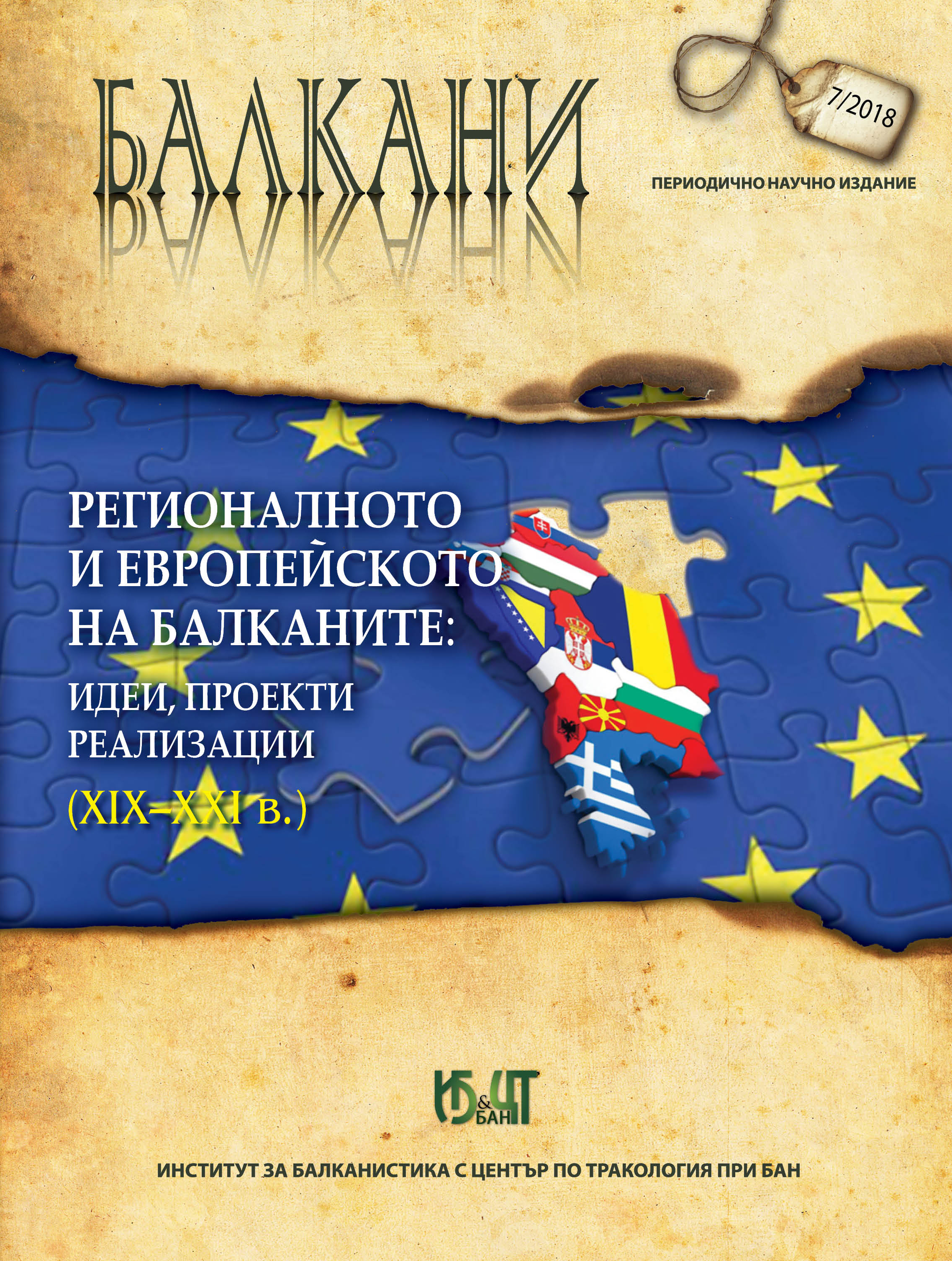ОСОБЕНОСТИ НА ЮЖНОСЛАВЯНСКОТО ПЛАНИНАРСТВО: ПЛАНИНСКИЯТ ТУРИЗЪМ СРЕД СЛОВЕНЦИТЕ, ХЪРВАТИТЕ, БЪЛГАРИТЕ И СЪРБИТЕ МЕЖДУ ЕВРОПЕЙСКИЯ МОДЕЛ И НАЦИОНАЛНИЯ ХАРАКТЕР (КРАЯТ НА ХІХ – ПЪРВАТА ПОЛОВИНА НА ХХ ВЕК)
PECULIARITIES OF THE SOUTH SLAVIC MOUNTAINEERING: MOUNTAIN TOURISM AMONG SLOVENS, CROATS, BULGARIANS AND SERBS BETWEEN THE EUROPEAN MODEL AND THE NATIONAL CHARACTER (THE LATE 19th AND THE FIRST HALF OF THE 20th CENTURIES)
Author(s): Svetlozar EldarovSubject(s): History, Comparative history, History of ideas, Local History / Microhistory, Social history, Modern Age, Recent History (1900 till today), 19th Century, Pre-WW I & WW I (1900 -1919), Interwar Period (1920 - 1939)
Published by: Институт за балканистика с Център по тракология - Българска академия на науките
Keywords: mountaineering; mountain tourism; South Slavic mountaineers.
Summary/Abstract: Modern mountaineering (mountain tourism) is an urban socio-cultural phenomenon that originated in Western Europe in the middle of the 19th century. The South Slavic mountaineers followed the basic European model, while enriching it with their national peculiarities. The contacts between Slovenian, Croatian, Bulgarian and Serbian mountaineers became particularly intense in the first decade of the twentieth century in the context of the Neo-Slav movement (Neo-Slavism). Through this movement, the topic of mountaineering with its actual or alleged Slavic peculiarities and dimensions was included in the agenda of the First Slavic Congress in Prague in 1908 and the Second Slavic Congress in Sofia in 1910. Steps have been undertaken to establish a Union of the Slavic Tourist Organizations that was to promote their mutual knowledge and cooperation. The Balkan and the First World War put an end to the projects of all-Slavic unity. Despite the strained political relations between Bulgaria and Yugoslavia in the interwar period, the connections between the South Slavic mountaineers were not interrupted. They developed mainly within the Association of Slavic Mountaineering Societies, a collective member of the Union Internationale des Associations d’Alpinisme. Two of the congresses of this organization were held in Sofia (1929 and 1936) and that enabled the Slovenian and the Croatian mountaineers to get to know Bulgarian mountains and establish organizational and personal ties with their Bulgarian counterparts. The Bulgarian mountaineers also visited Ljubljana and Zagreb. Despite the attempts at ideologization and politicization, on the eve and during the Second World War the links between South Slavic Bulgarian mountaineers remained a beautiful page in the relations between the two nations that enriched their cultural cooperation and deserves to be studied and popularized.
Journal: БАЛКАНИ
- Issue Year: 7/2018
- Issue No: 1
- Page Range: 43-65
- Page Count: 23
- Language: Bulgarian

